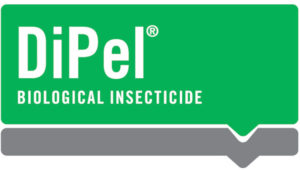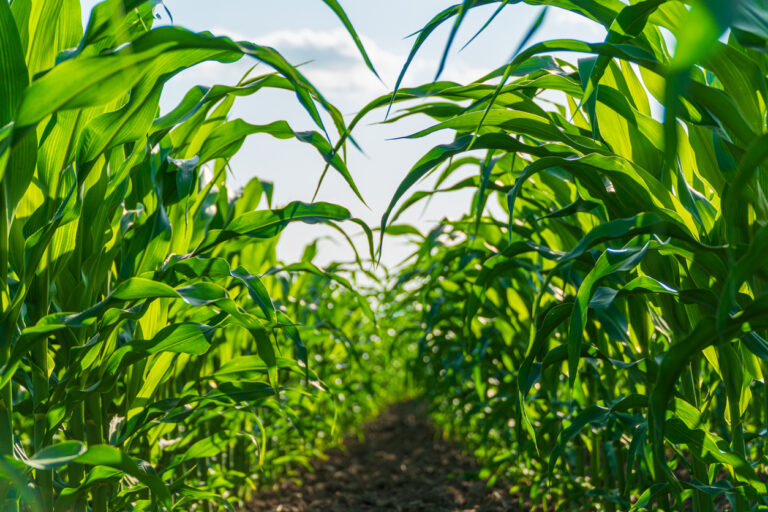What are the best ways to get the most out of your DiPel application?

It’s easier than you may think. Proven effective for nearly 50 years in the field, DiPel protects against practically all lepidopteran pests that affect agricultural crops around the world on more than 200 crops.
Here are our top 10 considerations for farmers, consultants, and applicators.
- Hit Them Early
DiPel is ultra-effective against early instars. For best results, use predictive models, traps, or regular scouting to target first or second instars. - Hit Them Again
DiPel remains active on the leaf for 3-5 days, so consider follow-up applications as necessary. - Coverage Is Key
For best results, ensure full coverage with the lowest labeled volume. Only foliage that is covered will be protected. - DiPel Works Through Ingestion
DiPel works when ingested by the insect. It is NOT systemic, which is why coverage is so important. - What About the pH?
The DiPel DF formulation neutralizes alkaline (basic or high pH) water sources. However, some agrochemicals can increase tank pH, which will undermine DiPel’s efficacy. Maintain tank pH below 8.5. - Spray With What Works
DiPel is compatible with most spray equipment, including ULV (ultra-low volume) sprayers, backpack sprayers, ground sprayers, and aerial applications. Some DiPel labels even have instructions for application through irrigation. - Mixing Is OK
DiPel formulations are expertly designed for compatibility with other insecticides, fungicides, and additives.
- Copper – DiPel is compatible with copper fungicides. However, the mixtures should be sprayed immediately.
- Surfactants – DiPel is compatible with commonly used spreaders and stickers. They are most beneficial on hard-to-wet foliage like brassica.
- Lime Sulfur – Bt products should not be tank mixed with lime sulfur. Lime sulfur applied over a Bt application may also reduce efficacy.
- Water Sanitizers – DiPel is compatible with water that is treated with PAA or chlorine at normal water treatment rates (less than 100 ppm). DiPel is not compatible with fungicidal rates of PAA (greater than 500 ppm).
- Some Wash-Off Resistance
DiPel is somewhat rainfast after it is dried on the foliage. Avoid applications in spotty weather and reapply if rain or overhead irrigation occurs before drying. - Apply Day or Night
It is not necessary to apply DiPel at night. DiPel can tolerate some UV light, but it helps to ensure complete coverage of the underside of leaves and inner leaves to reduce UV exposure. - Agitation Required
DiPel forms a suspension rather than dissolving in water. Settling can occur, so use continuous agitation during application.
Always read and follow label instructions. For label information or SDS, please contact your local distributor.






